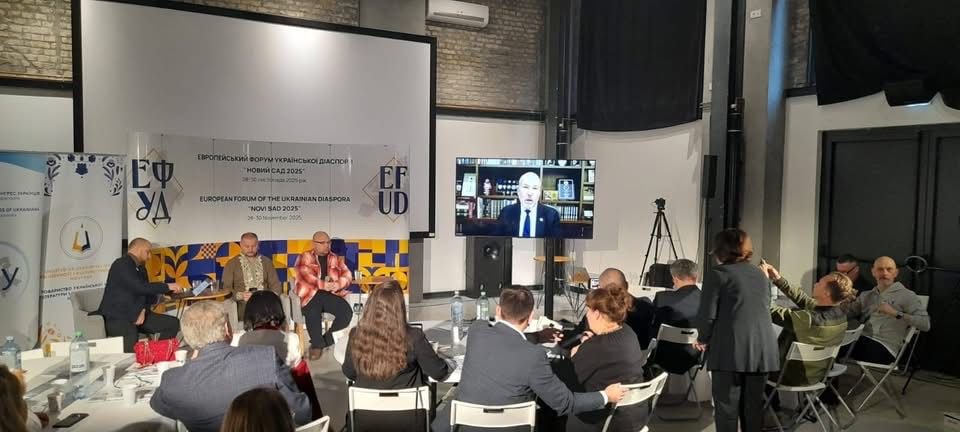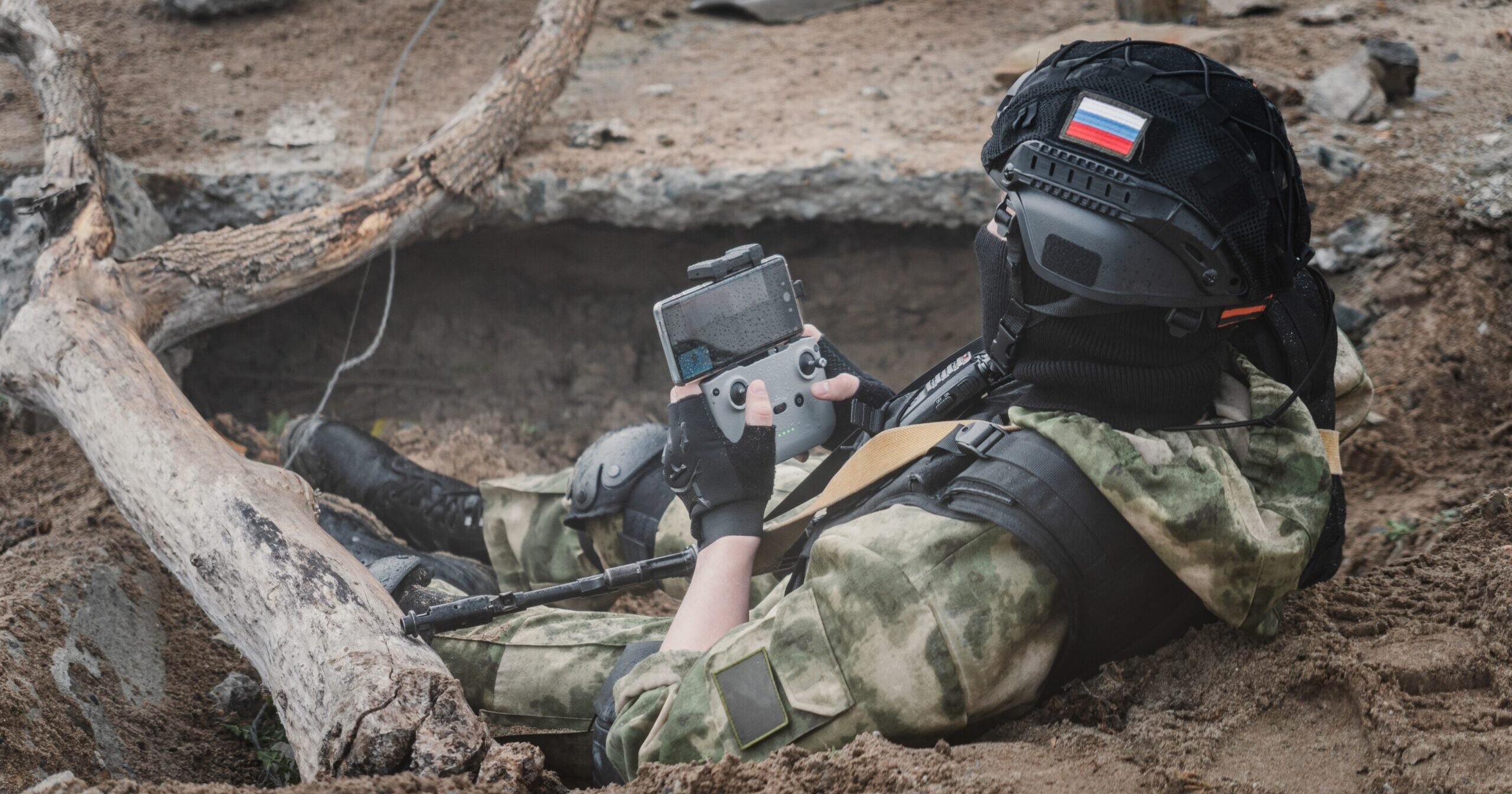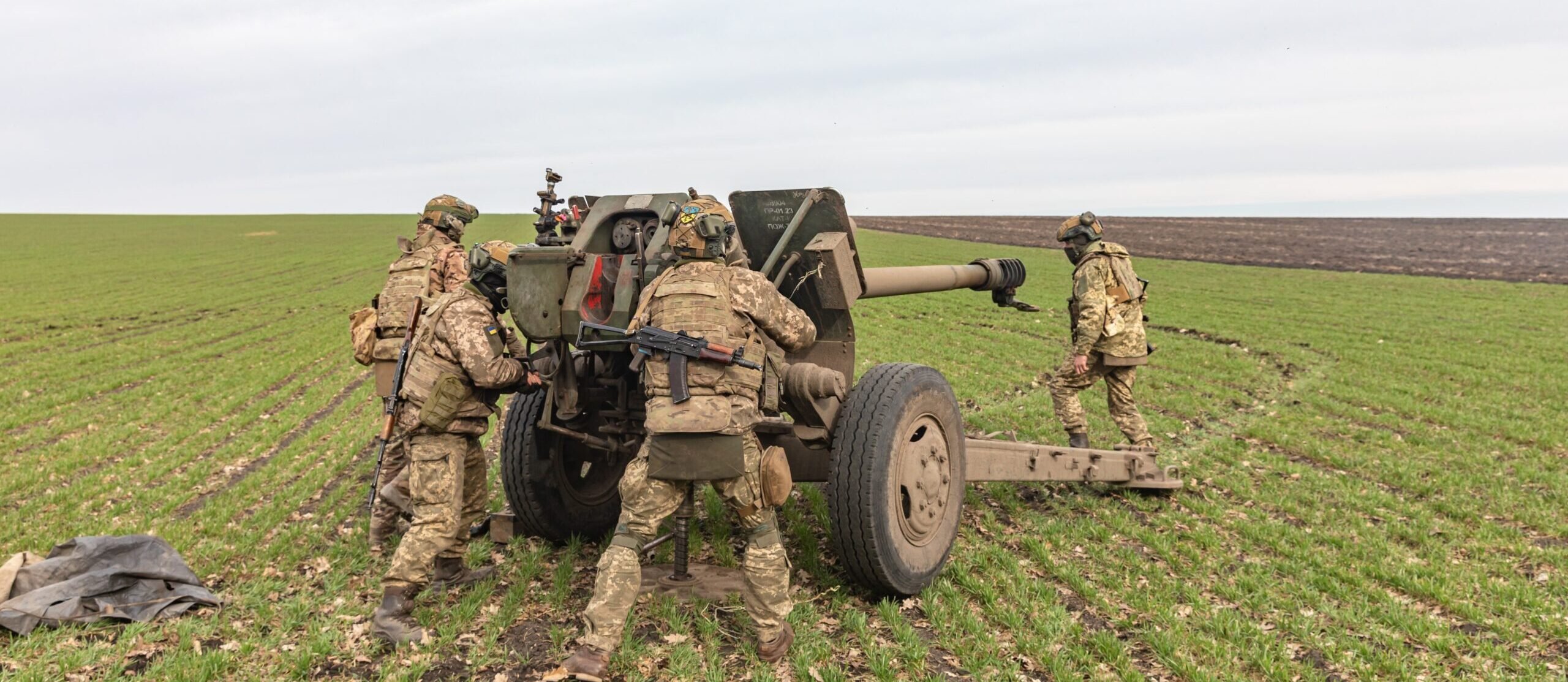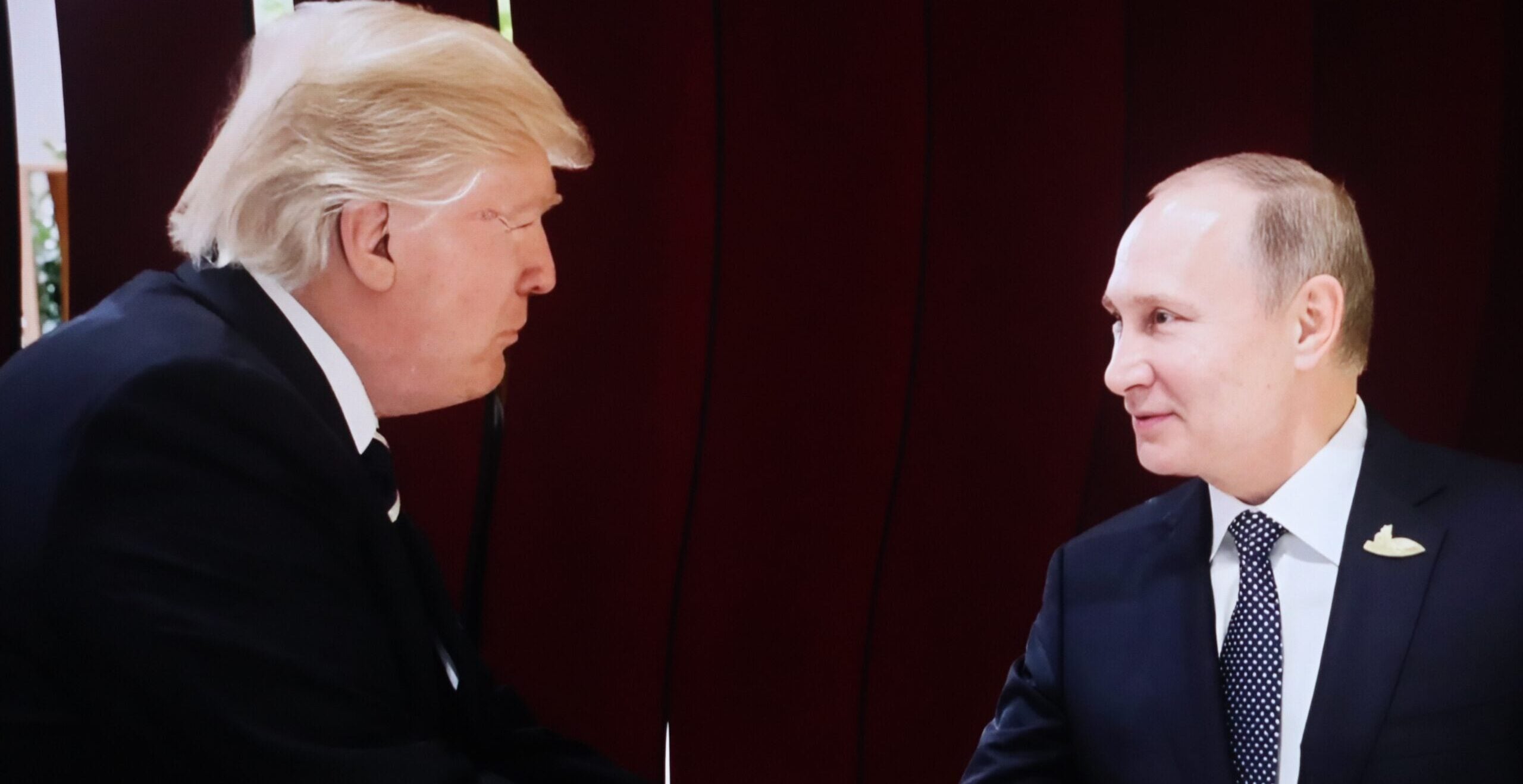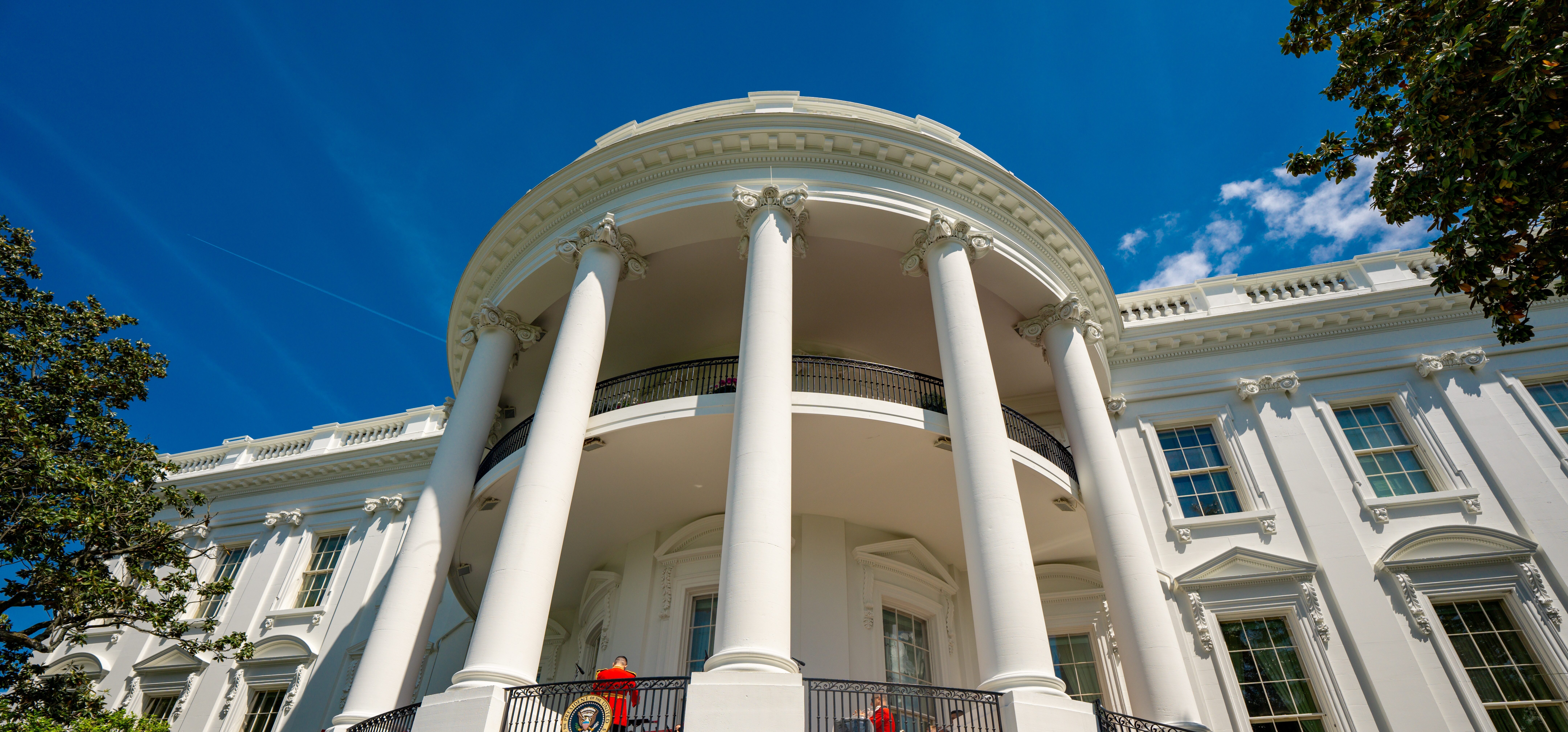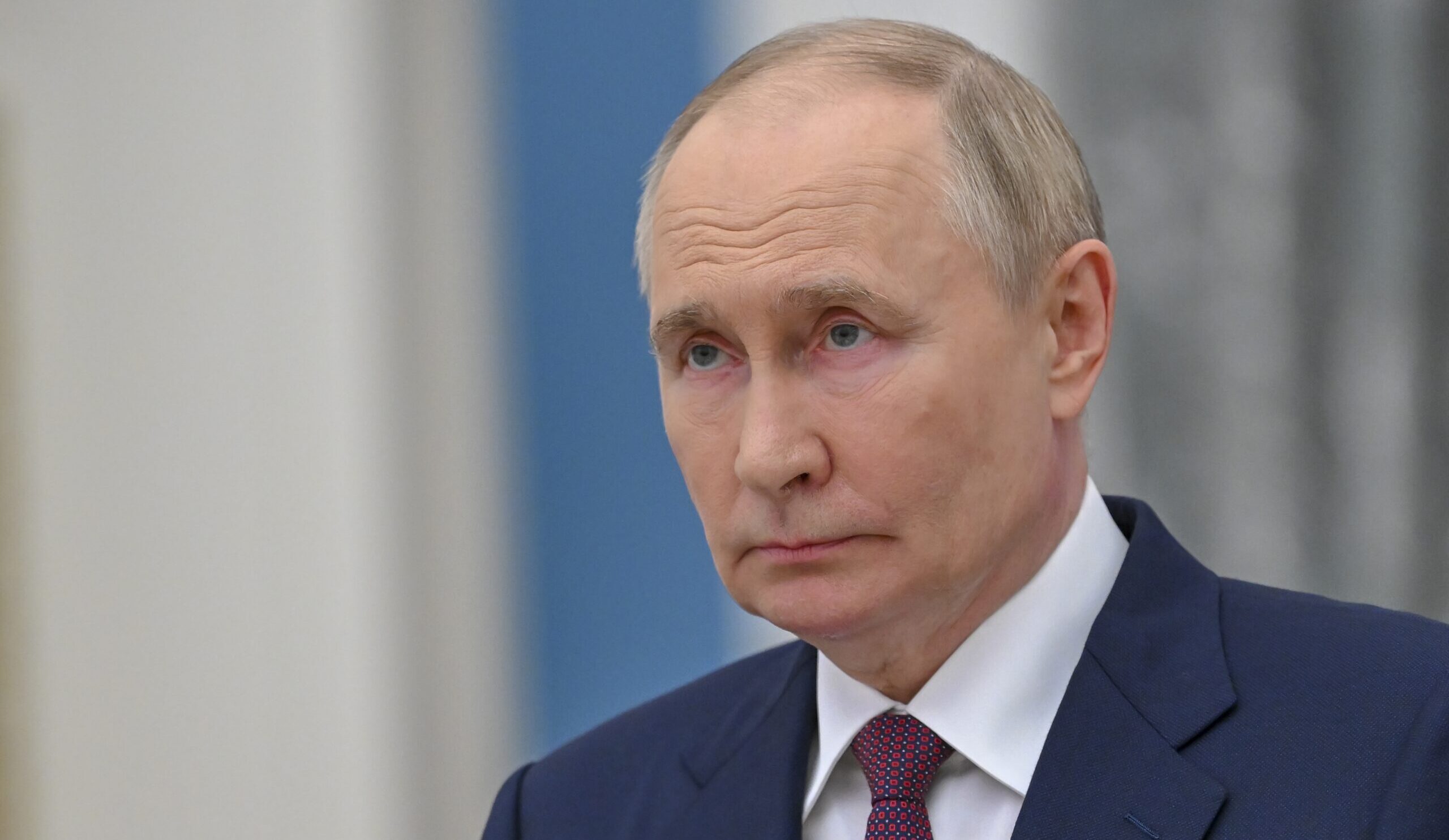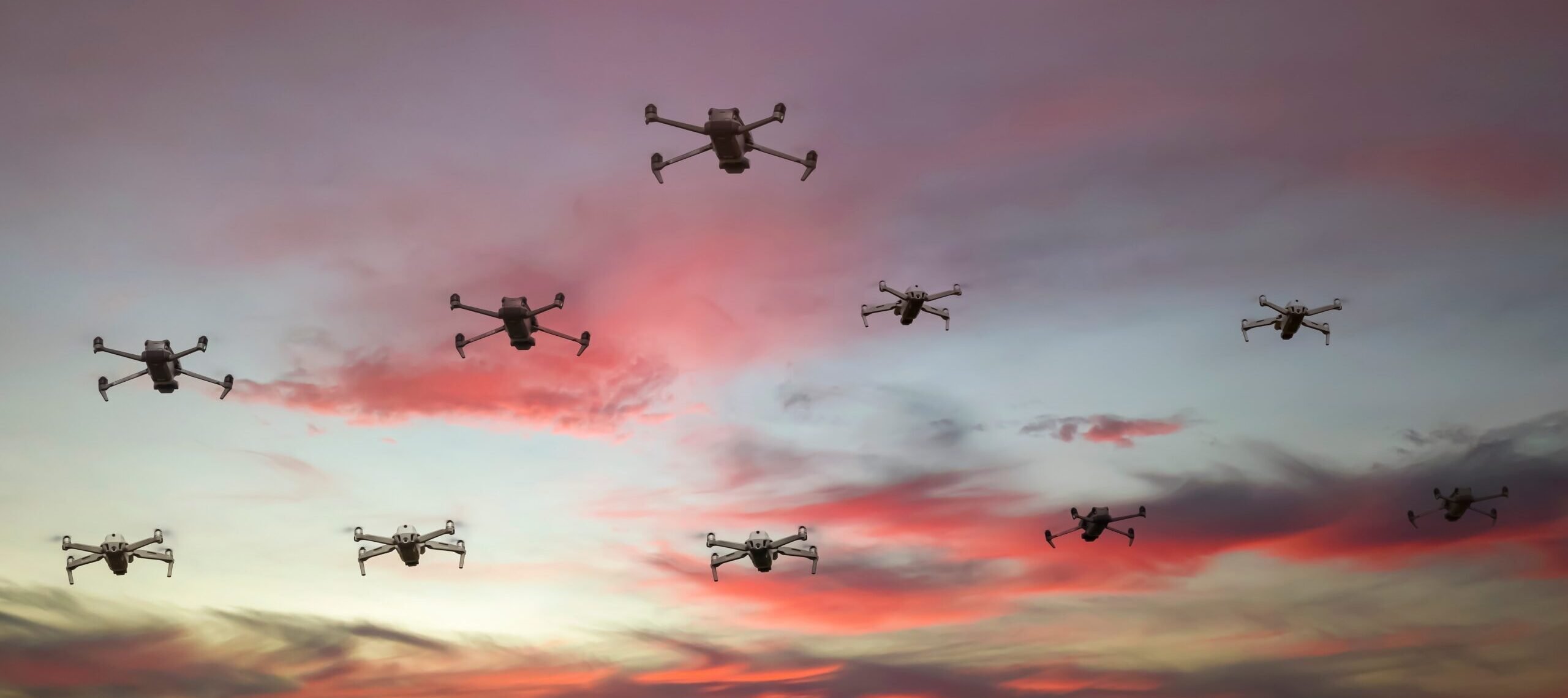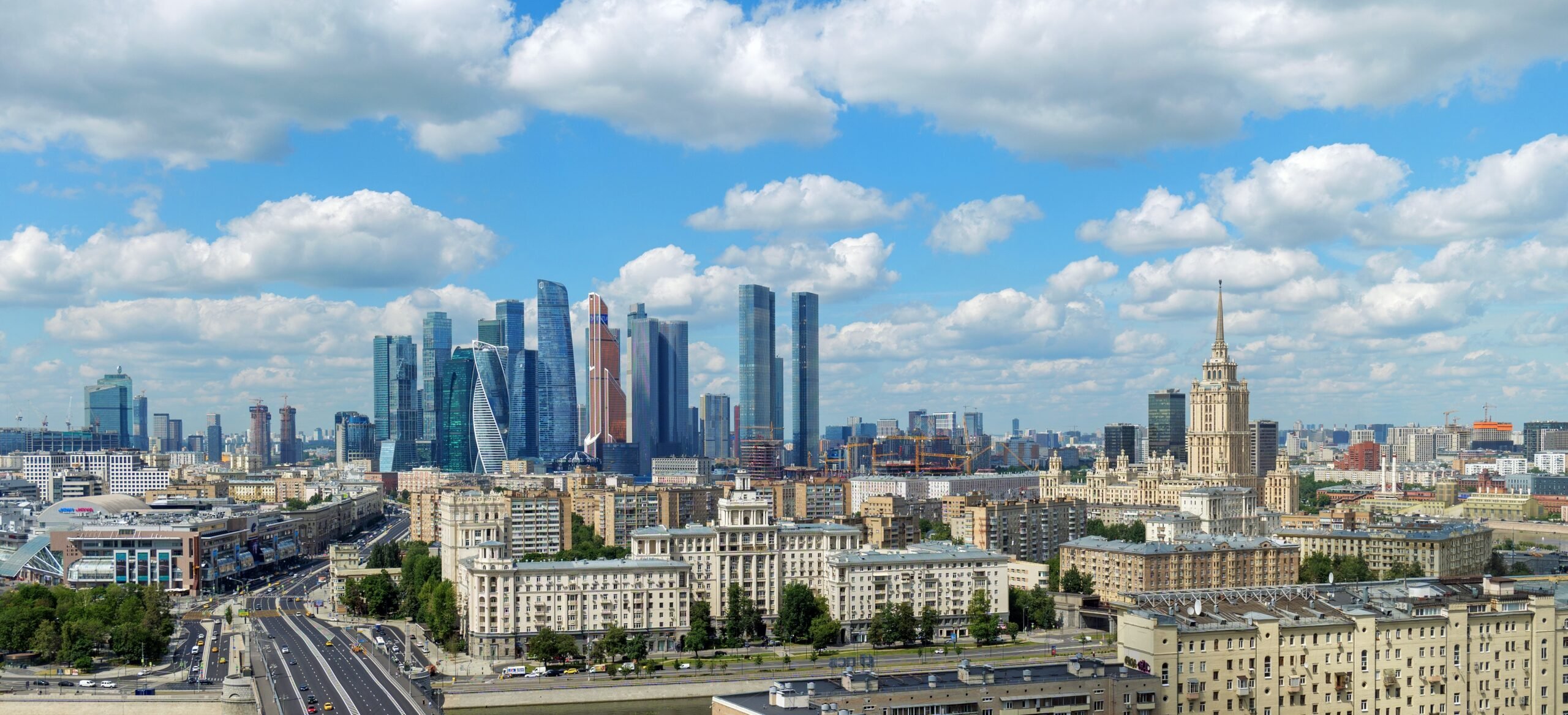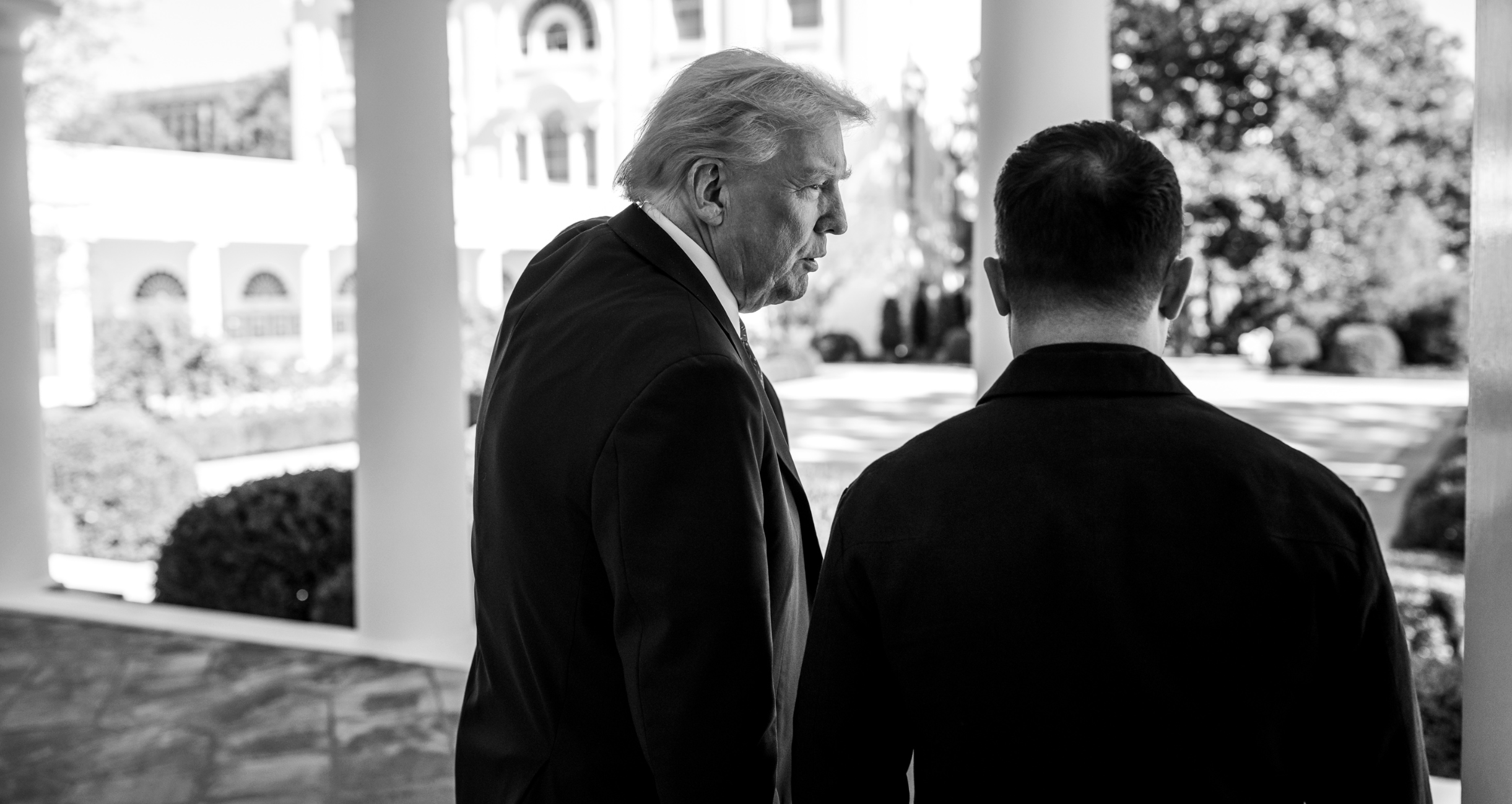

by Vitaly Portnikov, a well-known Ukrainian journalist, political commentator, and analyst, as well as a laureate of the Shevchenko National Prize of Ukraine
The long-awaited meeting between U.S. President Donald Trump and Ukrainian President Volodymyr Zelenskyy, preceded by two phone calls between the leaders, ended without any concrete outcomes.
Following the meeting, Zelenskyy delivered general remarks at a briefing, while Trump spoke to no one, immediately flying to Mar-a-Lago and posting on Truth Social, urging Russia and Ukraine to end the war.
Some analysts suggest that another phone call, between Trump and Kremlin ruler Vladimir Putin, may have influenced the meeting’s lackluster of results.
However, despite Trump’s positive comments about that conversation, it produced no concrete developments. Any real progress would likely depend on negotiations among U.S. and Russian officials, followed by the potential approval of agreements by both respective presidents at an upcoming meeting in Budapest in the following weeks.
Trump appears determined to avoid a repeat of the Alaskan meeting fiasco, where he failed to reach any meaningful agreements with Putin. He is expected to push for tangible deals in Budapest that could involve Ukraine — but for this to happen, a shared understanding of how the war should end must first exist, not only between Washington and Moscow but also between Washington and Kyiv.
In recent weeks, much attention has focused on the possibility of the U.S. providing long-range Tomahawk missiles to Ukraine, rather than on the actual conditions for ending the war. From the beginning, it was clear that for Trump, the Tomahawks were primarily a bargaining tool to pressure Putin into serious peace talks. This tactic has had some effect, as Putin’s main objective remains preserving the status quo during Trump’s presidency.
Putin’s goal is to prevent new U.S. sanctions and avoid a significant escalation of military aid to Ukraine. Under these conditions, he hopes either to destroy Ukraine during Trump’s term or at least continue the war until he can negotiate Ukraine’s surrender with Trump’s successor. Whenever Putin senses that Trump is trying to disrupt the status quo, he calls, makes promises, lavishes compliments, and reboots the situation to his advantage.
The key question is how long Putin can keep manipulating Trump. Journalists have even begun asking the U.S. president whether he sees that Putin is simply buying or delaying time. Trump now seems to be noticing how Putin reacts to pressure and may attempt to increase that pressure to secure results, though it remains unclear what specific outcomes he seeks.
The solution for Trump appears straightforward, as even his Truth Social post after the Zelenskyy meeting demonstrates. He wants both Russia and Ukraine to halt hostilities roughly along the current front line — similar to the situation in the Middle East, where Hamas released hostages and Israel withdrew troops from part of Gaza, allowing a temporary pause in hostilities.
The principle is the same: fighting stops along the front lines, and history judges the outcome later. Trump’s priority is to be seen as a peacemaker, capable of solving even the most complex conflicts, possibly even aiming for a Nobel Prize in 2026.
But for Zelenskyy, the critical question is: what security guarantees will Ukraine receive if hostilities stop? Will fighting resume within months if Putin wishes? Russia could demand, at a minimum, the withdrawal of Ukrainian forces from territories Moscow claims as its own and assurances of Ukrainian neutrality — measures that would effectively eliminate real security guarantees and allow Russian forces to strengthen their strategic positions.
Trump’s approach is to encourage both sides to declare a “victory” and let history judge. But for Ukraine, victory means preserving sovereignty and securing its right to determine its own future. Victory for Russia means either erasing Ukraine from the political map or establishing control over territories that are outlined in the Russian Constitution.
Reconciling these two definitions of “victory” is profoundly unclear. What is certain is that Trump is unwilling to accept the destruction of Ukraine but also reluctant to escalate tensions with Putin. This dynamic is not a dead end — it is a classic cycle, one that risks far greater confrontation than what we currently observe.
Cover: The White House on X
